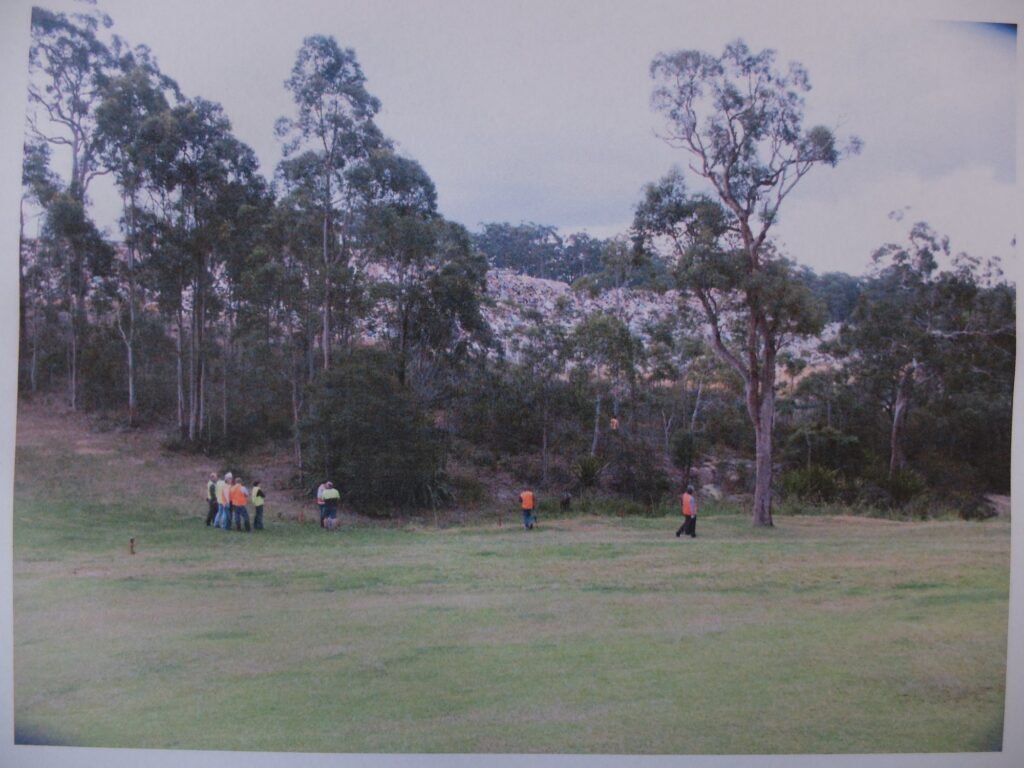The owner and operator of the controversial ‘landfill’ at Mangrove Mountain has sought leave to appeal to the High Court of Australia to be able to continue dumping at the site without further environmental approvals.

By Jacquelene Pearson
Following the NSW Court of Appeal judgment delivered on 2 June 2023, in the matter of Verde Terra v Central Coast Council, the council has made a statement that it has been notified that Verde Terra has filed an application for special leave to appeal to the High Court of Australia.
At this stage, Council has not been served with the application, but intends to actively respond, the media statement from Central Coast Council said.
As reported previously, the appeal court judgement appears to mean that the proponent would need a new development application and an EIS before it could resume dumping at the site. Some of the precedents used to come to that decision dated from the 1700s.
Three High Court judges will now determine whether the proponent’s appeal will be heard by the full bench of the high court. This will depend on whether they consider the points of law to be argued as being important enough to make a new ruling.
Most applications seeking leave to appeal to the High Court are knocked back. However, there are a couple of points of interest about this case that may result in it being considered worthy of a High Court judgement.
The first is that the original DA was a ‘designated development’ under the NSW Environmental Planning and Assessment Act. Chair of the Community Environment Network, Gary Chestnut, says you need to go back to the times when the EP&A Act was being drafted to understand the significance of Designated Developments.
Back then unions were slapping Green Bans on major development sites in protest against the community not having a say in whether or not they wanted those developments to go ahead, particularly on the basis of their environmental implications.
The category of Designated Development was created to give the community a greater degree of influence over sensitive developments. Even the original golf course remodelling project with its comparatively small volume of clean fill was deemed worth of being a Designated Development because of its sensitive location, near to water courses and within the Central Coast’s drinking water catchment.
That categorisation of the DA, along with the finding that the 2014 court orders were not “binding on the world” because they were not the outcome of a contested court battle, may give the High Court cause to hear the case.
The saga continues.


